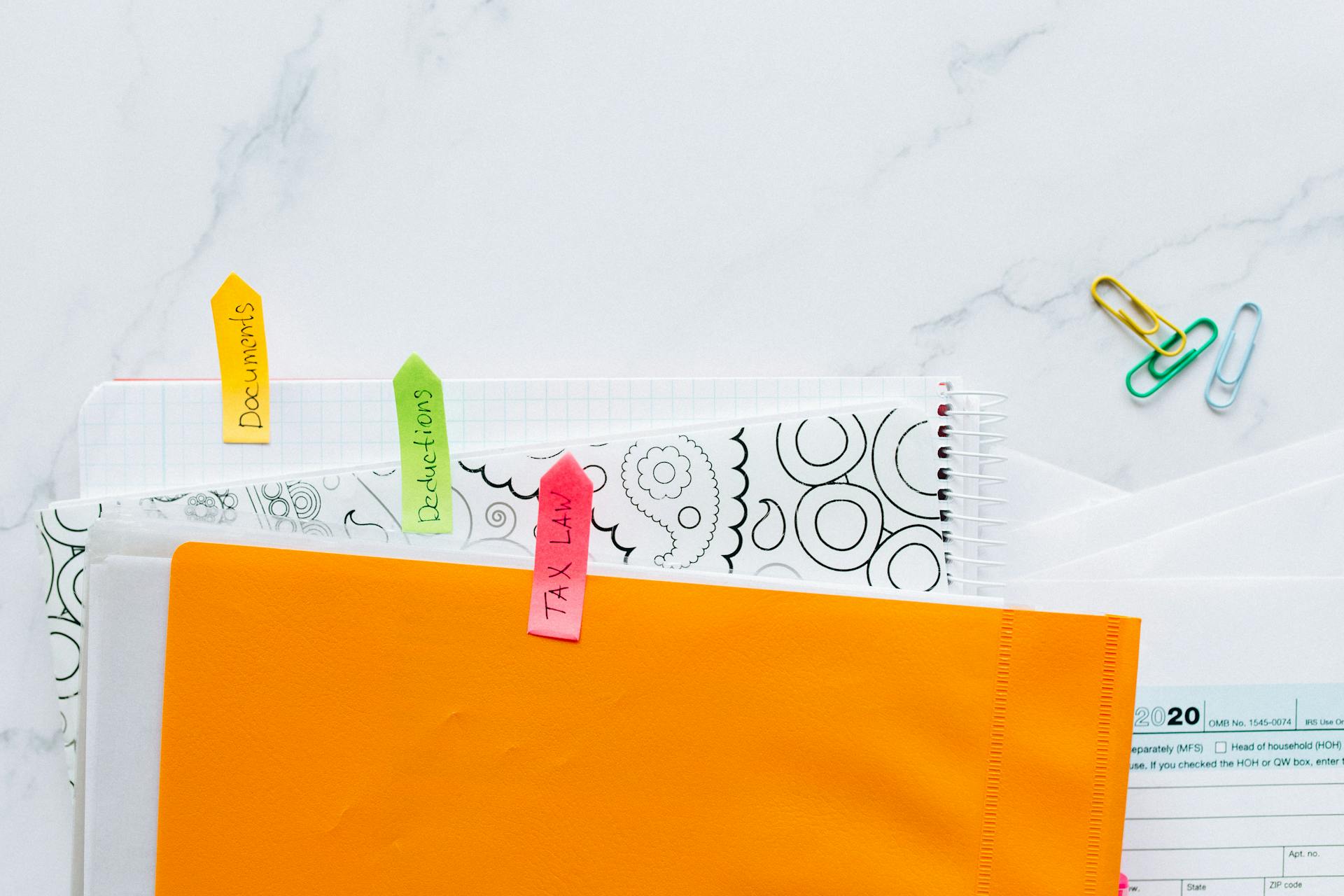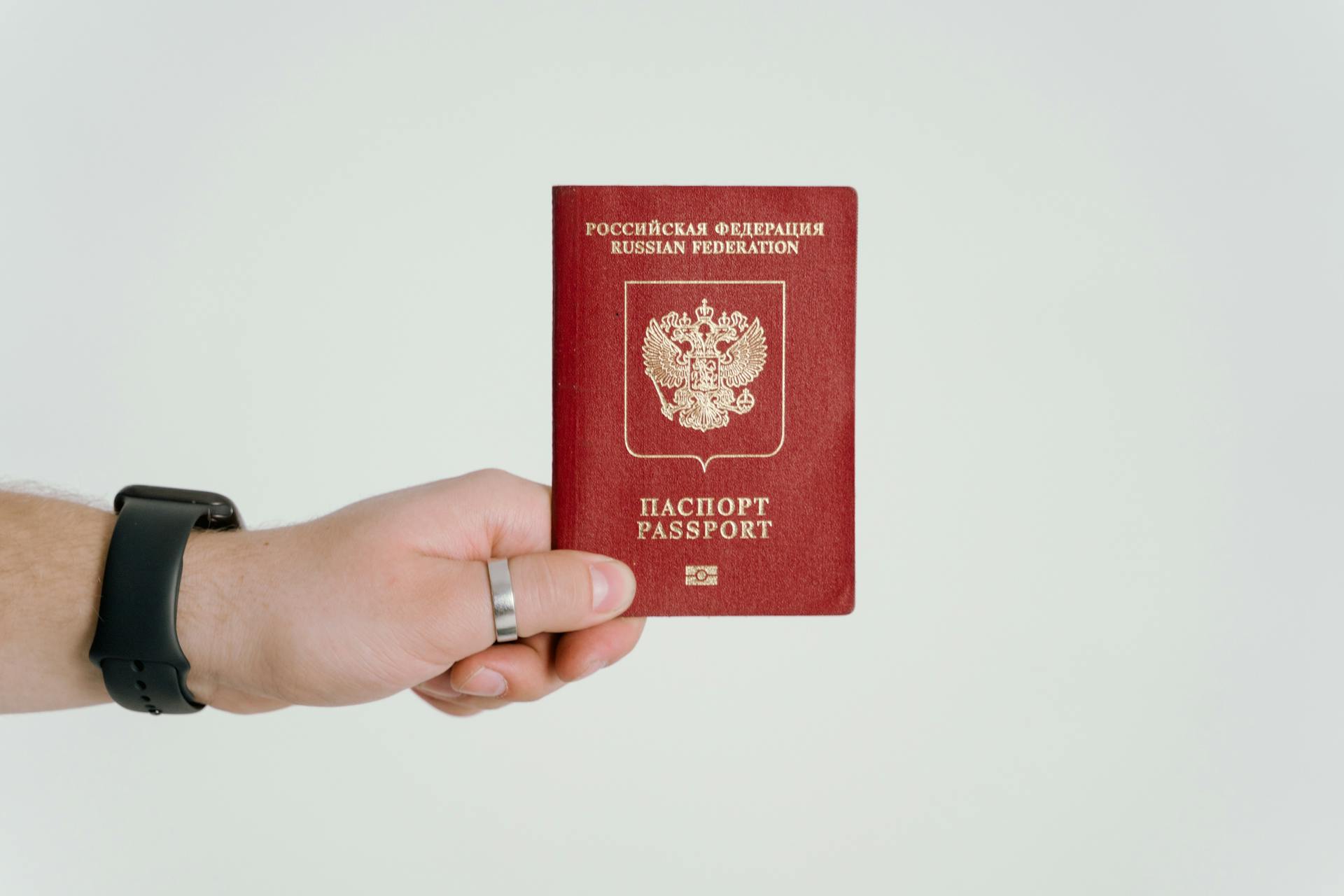
If you're in the market for a new home or looking to renovate your current one, you're likely aware of the various government loan options available. The FHA loan, for example, requires a down payment as low as 3.5% and has more lenient credit score requirements.
Government loans can provide a more affordable path to homeownership, and there are several options to choose from. The VA loan, exclusive to military veterans, requires no down payment and offers lower interest rates.
These government loan options can be a game-changer for those who may have been priced out of homeownership otherwise. The USDA loan, for instance, offers zero-down financing options for rural homebuyers.
Types of Government Loans
Government loans can be categorized based on their size and whether they're part of a government program. The total cost of your loan, including interest and mortgage insurance, is a crucial factor to consider.
The amount you need for a down payment is also an essential consideration when it comes to government loans. You'll want to know how much you can borrow and the house price range you can consider.
Here are some key factors to keep in mind when exploring government loan options:
- Down payment requirements
- Total cost of the loan, including interest and mortgage insurance
- Borrowing limits and house price ranges
USDA Loans
USDA mortgages are no-down-payment loans for moderate- and low-income buyers in federally designated rural areas. You can borrow up to the loan limits in your area, which you can find on the USDA website.
Your household income must be under 115% of the median household income in your county. This is a key requirement for USDA loans.
Unlike FHA loans, USDA guaranteed loans don't require mortgage insurance. Instead, borrowers pay an upfront fee of 1% of the loan amount and an annual fee of 0.35% of that year's average outstanding loan balance.
The annual fee is divided into monthly installments and included in mortgage payments. This makes USDA loans a more affordable option for many buyers.
A streamlined assist lets you refinance a USDA guaranteed or direct loan to lower your payments. No appraisal or credit check is required in many cases, making it a convenient option for those who want to refinance their loan.
Here are some key benefits of USDA loans:
- No down payment required
- Lower monthly payments with the annual fee
- Convenient refinancing options with streamlined assist
VA Loans
VA loans are no-down-payment mortgages for active-duty and veteran military members and some surviving spouses.
The U.S. Department of Veterans Affairs guarantees these loans, which are issued by approved lenders. You don't need mortgage insurance, but you'll likely pay an upfront funding fee, ranging from 1.25% to 3.3% of the loan.
Homes must meet the VA's minimum property requirements, so make sure to check those before buying.
The funding fee depends on your down payment and whether this is your first VA loan, so factor that into your budget.
VA loans are a great option for those who qualify, allowing you to purchase a home with no down payment required.
A fresh viewpoint: Series Funding Chart
Mortgage Programs
Mortgage programs can be a bit overwhelming, but let's break it down. Mortgage loans are organized into categories based on the size of the loan and whether they are part of a government program.
One thing to consider is how much you need for a down payment. This will vary depending on the type of loan and the lender. A down payment can range from 3.5% to 20% or more of the purchase price.
The total cost of your loan, including interest and mortgage insurance, is another important factor to consider. This will impact how much you can borrow and the house price range you can consider. It's essential to factor this into your budget.
Let's take a look at some key factors to consider when exploring mortgage programs:
Some government loans are subsidized, meaning the government agency will pay the interest on the loan for a certain period of time. This can be a huge help for those who qualify.
Eligibility Requirements
To qualify for a government loan, your business must meet certain eligibility requirements. These requirements vary depending on the lender and loan program, but most businesses must be officially registered and operate legally.
The business must also be physically located and operate in the United States or its territories. This is a common requirement across many government loan programs.
In general, businesses must have sound credit to qualify for a loan. This means their credit history must demonstrate a strong ability to repay the loan.
Consider reading: Types of Small Business Loans
Lenders will also consider whether the requested loan is unavailable on reasonable terms from non-government sources. If it is, the business may be eligible for a government loan.
Here are the key eligibility requirements in a nutshell:
- The business is officially registered and operates legally.
- The business is physically located and operates in the United States or its territories.
- The business's credit must be sound enough to assure loan repayment.
- The requested loan is unavailable on reasonable terms from non-government sources.
Business Funding Options
Business Funding Options are plentiful, and the U.S. Small Business Administration (SBA) is a great place to start. The SBA helps small businesses get funding by setting guidelines for loans and reducing lender risk, making it easier to get the funding you need.
Loans guaranteed by the SBA can range from $500 to $5.5 million, providing a wide range of options for small businesses. These loans can be used for most business purposes, including long-term fixed assets and operating capital.
You can use SBA-backed loans for various business needs, such as seasonal financing, export loans, revolving credit, and refinanced business debt. The funds can also be used for purchasing furniture, real estate, machinery, equipment, construction, and remodeling.
Suggestion: Used Equipment Financing
If you're a small business owner, you might be eligible for a microloan of up to $50,000 to help with startup or growth expenses. The SBA also partners with lenders to provide loan options for businesses that don't qualify for traditional financing.
Here are some loan options to consider:
- SBA-backed loans for small to large businesses
- USDA guaranteed business loans for rural businesses
Refinancing and Repayment
A rate and term refinance loan lets you refinance an FHA or other mortgage to get a lower interest rate or different term.
You can also refinance a VA loan to get a lower interest rate or lower monthly payment with a VA Interest Rate Reduction Refinance Loan, or IRRRL.
A streamlined assist lets you refinance a USDA guaranteed or direct loan to lower your payments, and in many cases, no appraisal or credit check is required.
Government loans may offer longer repayment terms to make loan payments more affordable, such as a home loan from the USDA which can come with a repayment period of up to 33 years.
Some government loans come with flexible repayment options, like income-driven repayment plans that calculate your monthly payment using your income and family size.
A longer loan term can mean smaller monthly payments, but it also likely means you'll pay more in interest over the life of the loan.
See what others are reading: Refinance Auto Loan Bad Credit Upside down
Government Programs and Assistance
Government loans can be a game-changer for those who qualify. VA loans, for instance, offer home loans with lower interest rates and lesser down payment requirements.
Surviving spouses of veterans may also qualify for some VA loans, providing a vital lifeline during a difficult time.
A unique perspective: Types of Va Loans
Native American Veterans
Native American veterans, or those with a Native American spouse, can use the VA's Native American Direct Loan program to buy, build, or improve their home or refinance a mortgage.
The residence must be on Native American trust land, which is a crucial requirement for this program.
This program offers a unique opportunity for Native American veterans to purchase or improve their home with favorable terms and conditions.
The VA's Native American Direct Loan program is a valuable resource for those who have served their country and are now looking to establish a home on Native American trust land.
Check this out: Veterans Home Mortgage Loans
Disaster Relief
If you've been affected by a presidentially declared disaster, you may be eligible for a Section 203(h) loan, insured by the FHA, to rebuild or replace your home.
These loans offer mortgages to homeowners to help them get back on their feet after a disaster.
Disaster-relief loans provide money to help people and businesses recover from a federally declared disaster, and can cover losses not covered by insurance.
Qualified businesses and most nonprofit organizations can apply for loans of up to $2 million to repair or replace real estate, machinery, equipment, and other business property.
Even if you don’t own a business, if you’re in a declared disaster area you may be eligible for a disaster loan through the Small Business Administration.
These loans cover physical damage to businesses and homes as well as financial harm to a business or nonprofit organization, and both renters and homeowners can apply.
Renters and homeowners can apply for a disaster-relief loan, and the loans are meant to help cover losses not covered by insurance.
Small businesses with employees in the military reserves who are called to active military duty in a declared disaster area may also be eligible for a loan to continue paying operating expenses until an employee returns.
On a similar theme: Small Business Administration Disaster Loan Application
Other Government Loan Programs
When you're considering government loan programs, it's essential to understand the factors that affect your borrowing power.
The size of your loan plays a significant role in determining how much you can borrow and the house price range you can consider.
A conventional mortgage loan is a great option for those who don't qualify for government programs, but it requires a significant down payment.
For a conventional mortgage, you'll need to save for a down payment, which can be a significant upfront cost.
Mortgage insurance is also a factor in conventional loans, adding to the total cost of your loan.
Here's a breakdown of the key factors to consider in conventional mortgage loans:
- How much you need for a down payment
- The total cost of your loan, including interest and mortgage insurance
- How much you can borrow, and the house price range you can consider
Sources
- https://www.sba.gov/funding-programs/loans
- https://www.consumerfinance.gov/owning-a-home/explore/understand-the-different-kinds-of-loans-available/
- https://www.nerdwallet.com/article/mortgages/government-home-loans
- https://www.creditkarma.com/personal-loans/i/government-loans-borrowing-options
- https://studentloanborrowerassistance.org/for-borrowers/basics-of-student-loans/understanding-your-student-loan-situation/types-of-federal-loans/
Featured Images: pexels.com


